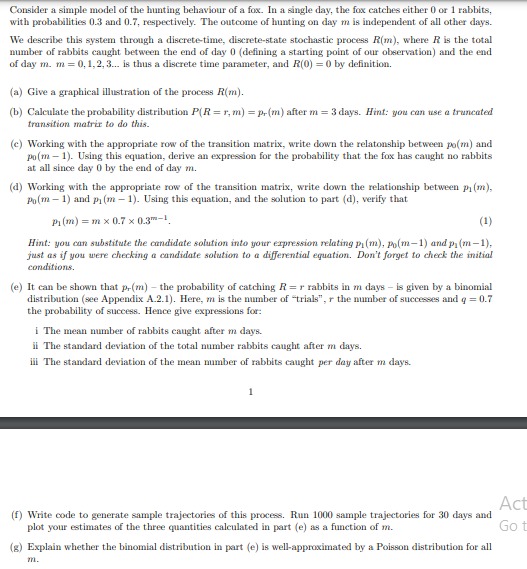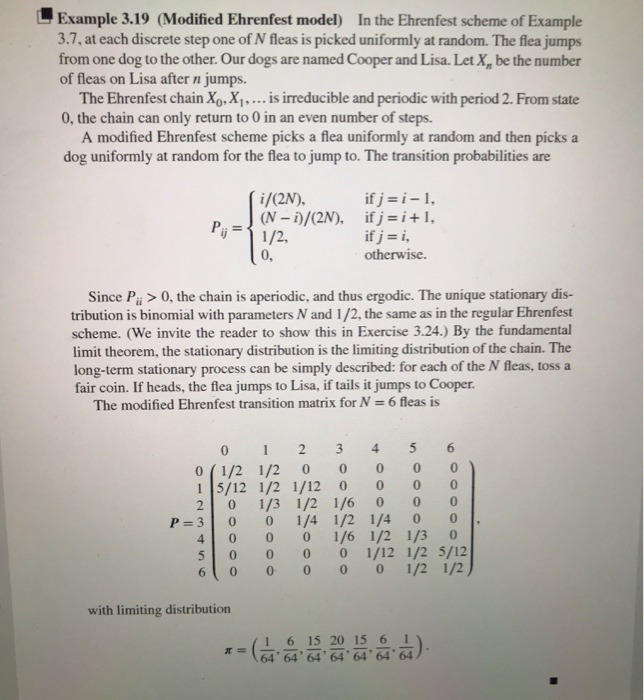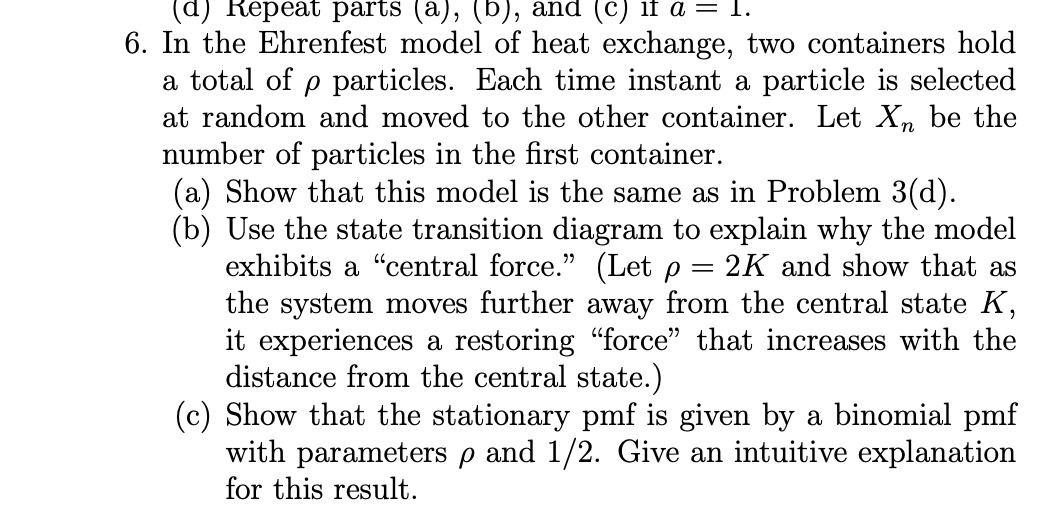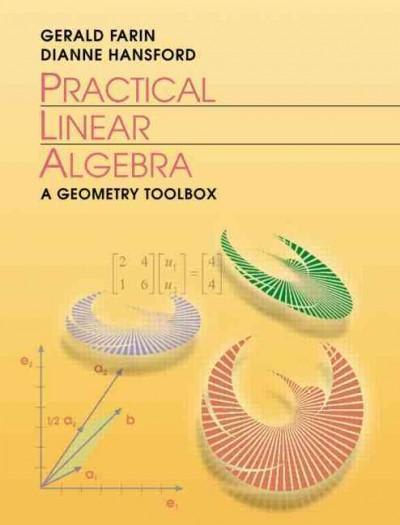Answer appropriately please. Anna helps brides-to-be choose wedding gowns that best suit their requirements and budget, and also helps them with where they can find the right dress. She has made her home her virtual office; she does not require external financing. Anna is using ________ to run her small business.
Select one:
a. crowdsourcing
b. franchising
c. bootstrapping
d. Crowdfunding
Which of the following is an example of a second career entrepreneur?
Select one:
a. Timothy, a 48-year-old, joining a real estate agency as a sales representative, after being downsized from his previous job.
b. Cynthia, a 24-year-old, starting a consultancy business after graduating from college.
c. Mark, a 30-year-old, starting a new business venture in stock trading after the failure of his previous business in real estate.
d. Ursula, a 60-year-old, starting a business in shrimp trading after being retired for 5 years.
Which of the following is a reason why most new businesses start on a part-time basis?
Select one:
a. The part-time workforce is dependable.
b. There is lack of volatility.
c. The window of opportunity is always open.
d. The cost of entry and exit is low.
Christopher is a hard-working entrepreneur who looked into all the details of his small gaming software business. He focused on all aspects of the business from the initial launch, promotion, and marketing aspects to the final set up. He finds planning convenient and works according to a plan. Christopher is a(n)
Select one:
a. reactive planner.
b. opportunistic planner.
c. habit-driven planner.
d. comprehensive planner.
Sven opening his own business servicing private swimming pools. Sven worked hard to build up his customer base, often performing services on last-minute notice, or even on holidays and weekends. Now, Sven has a comfortable number of routine services he provides for his customers and his business is profitable enough to support himself and his family. Which type of business does Sven likely own?
Select one:
a. a high-performing small business
b. a traditional small business
c. a unicorn
d. a lifestyle business
Consider a simple model of the hunting behaviour of a fox. In a single day, the fox catches either 0 or 1 rabbits, with probabilities 0.3 and 0.7, respectively. The outcome of hunting on day m is independent of all other days. We describe this system through a discrete-time, discrete-state stochastic process R(m), where R is the total number of rabbits caught between the end of day 0 (defining a starting point of our observation) and the end of day m. m = 0, 1, 2, 3... is thus a discrete time parameter, and R(0) =0 by definition. (a) Give a graphical illustration of the process R(m). (b) Calculate the probability distribution P( R = r, m) = p.(m) after m = 3 days. Hint: you can use a truncated transition matric to do this. (c) Working with the appropriate row of the transition matrix, write down the relatonship between po(m) and po(m - 1). Using this equation, derive an expression for the probability that the fox has caught no rabbits at all since day 0 by the end of day m. (d) Working with the appropriate row of the transition matrix, write down the relationship between p, (m), Po(m - 1) and pi(m - 1). Using this equation, and the solution to part (d), verify that Pi(m) = m x 0.7 x 0.3m-1 (1) Hint: you can substitute the candidate solution into your expression relating p(m), po(m-1) and p (m-1). just as if you were checking a candidate solution to a differential equation. Don't forget to check the initial conditions. (e) It can be shown that pr(m) - the probability of catching R = r rabbits in m days - is given by a binomial distribution (see Appendix A.2.1). Here, m is the number of "trials", r the number of successes and q = 0.7 the probability of success. Hence give expressions for: i The mean number of rabbits caught after in days. if The standard deviation of the total number rabbits caught after m days. ill The standard deviation of the mean number of rabbits caught per day after m days. Act (f) Write code to generate sample trajectories of this process. Run 1000 sample trajectories for 30 days and plot your estimates of the three quantities calculated in part (e) as a function of m. Go (g) Explain whether the binomial distribution in part (e) is well-approximated by a Poisson distribution for allExample 3.19 (Modified Ehrenfest model) In the Ehrenfest scheme of Example 3.7. at each discrete step one of N fleas is picked uniformly at random. The flea jumps from one dog to the other. Our dogs are named Cooper and Lisa. Let X,, be the number of fleas on Lisa after n jumps. The Ehrenfest chain Xo, X1. ... is irreducible and periodic with period 2. From state 0, the chain can only return to 0 in an even number of steps. A modified Ehrenfest scheme picks a flea uniformly at random and then picks a dog uniformly at random for the flea to jump to. The transition probabilities are i/(2N). if j = i-1, Pi = (N - 1)/(2N). if j= i+1, 1/2, if j = i, o, otherwise. Since P;; > 0, the chain is aperiodic, and thus ergodic. The unique stationary dis- tribution is binomial with parameters / and 1/2, the same as in the regular Ehrenfest scheme. (We invite the reader to show this in Exercise 3.24.) By the fundamental limit theorem, the stationary distribution is the limiting distribution of the chain. The long-term stationary process can be simply described: for each of the / fleas, toss a fair coin. If heads, the flea jumps to Lisa, if tails it jumps to Cooper. The modified Ehrenfest transition matrix for N = 6 fleas is 2 1/2 1/2 0 0 0 0 5/12 1/2 1/12 0 0 0 W N- 1/3 1/2 1/6 0 0 0 1/4 1/2 1/4 0 4 0 0 1/6 1/2 1/3 0 0 0 0 0 1/12 1/2 5/12 0 0 0 1/2 1/2 with limiting distribution 6 15 20 15 6 (64' 64'64'64'64 64 64(a) rtepeat parts (a), U3), and to) n a = J.. 6. In the Ehrenfest model of heat exchange, two containers hold a total of p particles. Each time instant a particle is selected at random and moved to the other container. Let X\" be the number of particles in the rst container. (a) Show that this model is the same as in Problem 3(d). (b) Use the state transition diagram to explain why the model exhibits a \"central force.\" (Let p 2 2K and show that as the system moves further away from the central state K, it experiences a restoring \"force\" that increases with the distance from the central state.) (c) Show that the stationary pmf is given by a binomial pmf with parameters ,0 and 1/2. Give an intuitive explanation for this result









